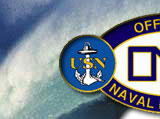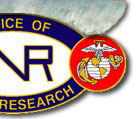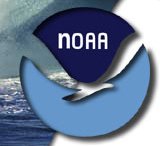



![]()
![]()
|
In this paper we use a single scatter lidar equation to investigate tropospheric and stratospheric aerosol and temperature measurements derived from the 355 and 532 nm channels. Temperature Profiles of 355 nm channel were compared to coincident balloonsonde measurements between 5 and 40km. The results were discussed. The 355 nm channel temperature profiles were corrected for aerosol scattering using the 532 nm channel and an assumed Angstrom coefficient. The RMS between the corrected profiles and the balloonsonde data were computed.
|
ARCVIEW/GIS SOFTWARE AS A TOOL FOR EVALUATING COASTAL POPULATION A population map of the United States reveals a certainty: Nearly everybody likes to live near the water. More than half the population lives on or near coasts, that's less than one-fifth of the land in the contiguous United States. In the United States, almost 50% of the population resides in coastal areas. From 1960 to 1990 the population of coastal areas increased from 80 to 110 million and is projected to reach 127 million by the year 2010. Because of this large number, coastal area planners have to devise methods for gathering and analyzing information regarding populated areas. Issues such as: comprehensive land-use, farmland preservation, various zoning, traffic signalization, roadway structuring, and bridge sufficiency ratings have to be put into numbers and studied because they are of geographic importance and relate to population. The question is how do we accomplish this. The most effective tool for handling such a arduous task is the ARCVIEW/GIS. The spatial capabilities of ARCVIEW/GIS allows for consistent quality in its modeling features by way of producing digital maps with vector features produced using arcs, nodes, polygons, and label points. This in turn allows us to interpret and understand the information that has been gathered by the area planners and processed by the GIS in a digital manner by the system. It also allows for estimations and future predictions of population. These benefits are nearly impossible to obtain using spreadsheet or other non-graphic methods of data organization. Once data is interpreted through ARCVIEW/GIS, it can be taken out of and be combined with other data to form correlations. This paper discusses ARC/INFO techniques and tools that can be used to evaluate population number and growth in coastal areas. Correlations and patterns will also be discussed in regards to how the number of roads effect population in coastal areas. This paper will promote the use of ARC/INFO/GIS by way of ArcView as the most efficient software for evaluating geographic issues associated with population in coastal areas. |


